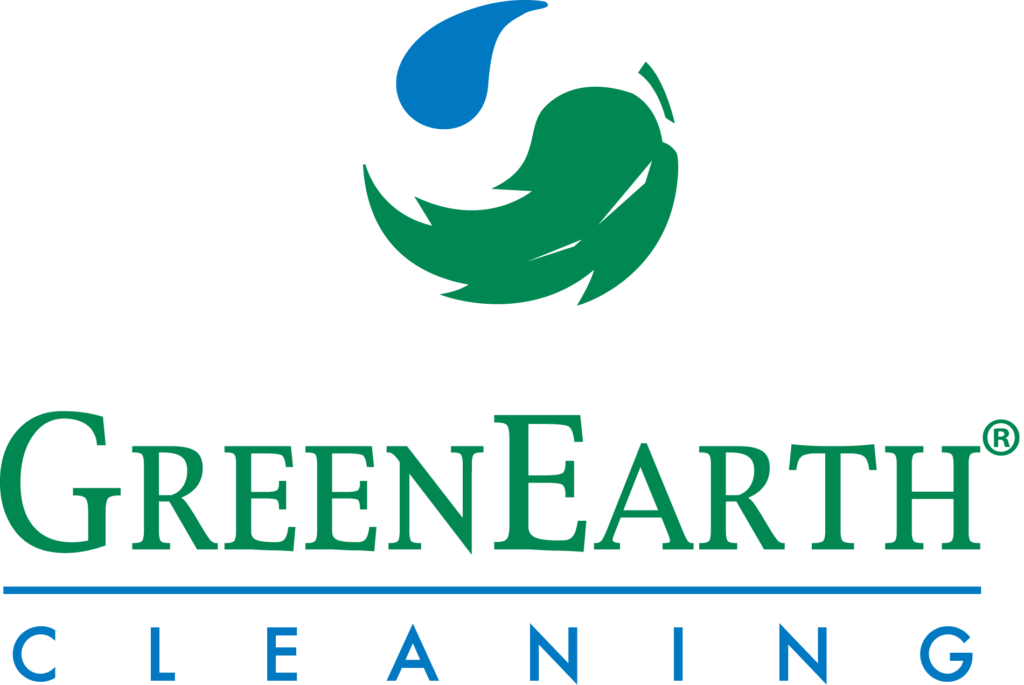
Sustainability Is Adapting
Sustainability Is Adapting
By: Ron Benjamin
Like all things, what is seen depends upon the perspective of the viewer. And of course, the same holds true with regard to the subject of sustainability. And sustainable dry cleaning.
From the point of view of the dry cleaning customer, sustainable dry cleaning means dry cleaning that is good for the environment – and helps make the planet a better place.
From the point of view of landlords and property managers, sustainable dry cleaning means dry cleaning that uses less energy, generates less landfill waste, eliminates the risk of environmental damages, while attracting more customer traffic to their shopping centers.
And from the point of view of dry cleaning workers, sustainable dry cleaning means the opportunity to work in an operating dry cleaning plant with no risk to the health and safety of those workers.
But what about from the point of view of the owner of a dry cleaning plant? What does sustainable dry cleaning mean?
We would suggest in the most fundamental sense that it means the ability to sustain your business with both near term and long term profitability. Near term profitability includes all of those factors that are important to landlords, property managers, insurance companies, banks, your workers and your customers. For sustainable dry cleaning — using less energy, generating less landfill waste, operating a plant with no health and safety risk, no environmental risk, and offering an attractive service to your customers — lies at the heart of owning a business that is profitable in the near term.
However, the question of long term profitability is a more difficult discussion in that offering sustainable dry cleaning in and of itself may not insure that your dry cleaning business will continue to be profitable. For long term profitability depends not only on providing quality dry cleaning, it also depends on providing a service offering that customers in 5 to 10 years demand.
For example, many would suggest that the service of displaying and selling books in a retail bookstore is a service that is going the way of the dinosaur. Given the ability of Amazon to sell books on-line conveniently and less expensively than a bricks and mortar book store would suggest that the long term sustainability of a bricks and mortar book store business is simply not possible.
However, recently in the January 2/3, 2016 edition of the Wall Street Journal, an article written by Ann Patchett appeared entitled “Bookstores Are Back”. Here are the first two paragraphs of that article:
“When Karen Hayes and I opened Parnassus Books in Nashville a little over four years ago, I repeatedly said that we were part of a trend. The small independent bookstore, long ago beaten down by Borders and Barnes & Noble, then repeatedly kicked by Amazon, was rising up from the ashes. People were tired of pointing and clicking. People were tired of screens in general. They no longer wanted one store that promised them everything but instead were longing for a store that sold good books, had a staff of smart readers, a thriving children’s section and maybe a couple of shop dogs. That is what we were offering.
I don’t know if I’m prophetic or just lucky, but what was at the time not much more than wishful thinking has turned out to be true. New stores are opening; old stores are branching out into new locations. In Nashville, we’re not only doubling our size in 2016, we’ve bought a mobile book van. Booksellers are, generally speaking, a cautious group when it comes to voicing optimism, but I sense a cultural shift coming on: Books and bookstores and reading are the wave of the future.”
It’s important to note that all industries and all companies within an industry are subject to business cycles and changing consumer behaviors. And while it is true that the giant companies such as Borders, Barnes & Noble, and Amazon significantly changed the book selling industry, it is also true that changes are not permanent and consumers react to and force new changes based upon the product and service offerings that are presented to them.
What will the professional garment care service offering look like in 2026? What will the customer want and need at that time? How will these wants and needs best be filled?
We at GreenEarth are excited in that we believe many of these wants and needs will be based upon the fundamental demand for sustainable garment care. In addition, though, we believe there are opportunities for our professional dry cleaning industry to build upon the sustainable dry cleaning platform with additional offerings that provide customized solutions for the consumers of 2026 much like the Parnassus Books is doing in Nashville today. How about full service alterations and repairs? Anywhere delivery of the finished order? 24/7 pick-up and drop-off? In-person consulting regarding all garment care questions? Whole laundry basket servicing to minimize customer time spent and at-home energy costs?
If we are to survive as an industry collectively, we must redefine our service offering to fit the wants and the needs of tomorrow’s customers. Great opportunity lies ahead for all of us who are ready, willing and able to do that. GreenEarth Cleaning stands ready to help!


